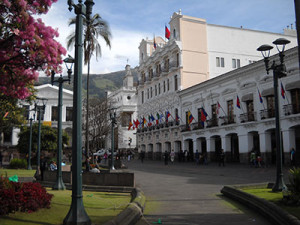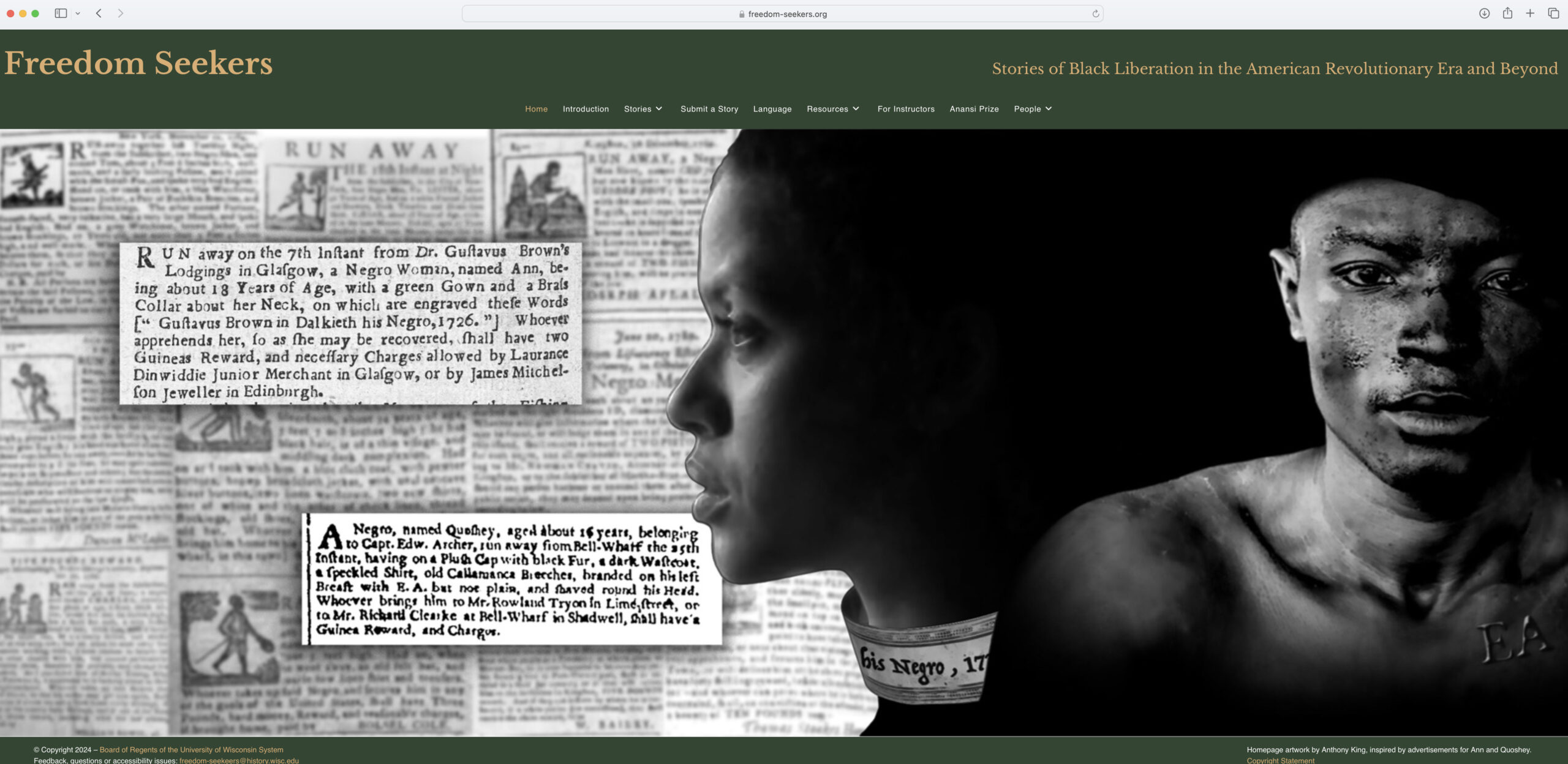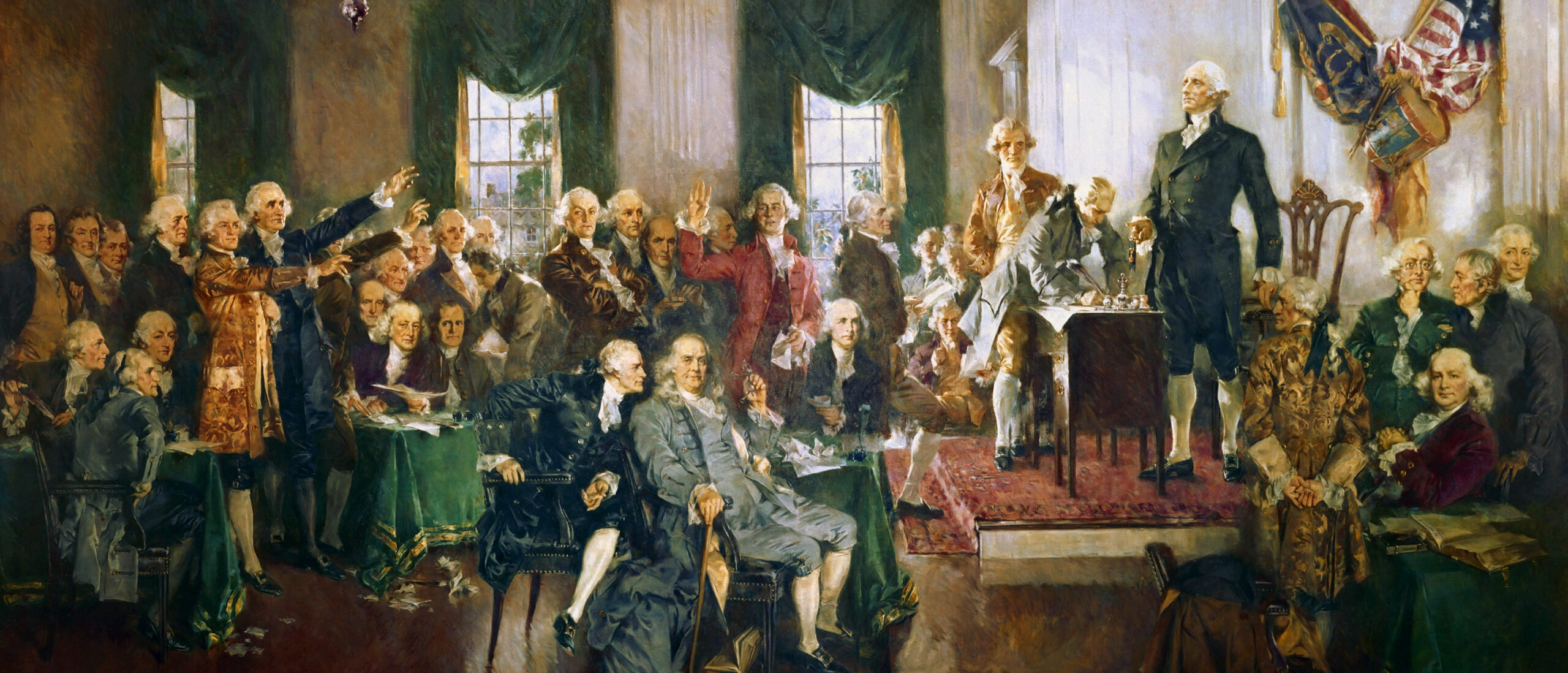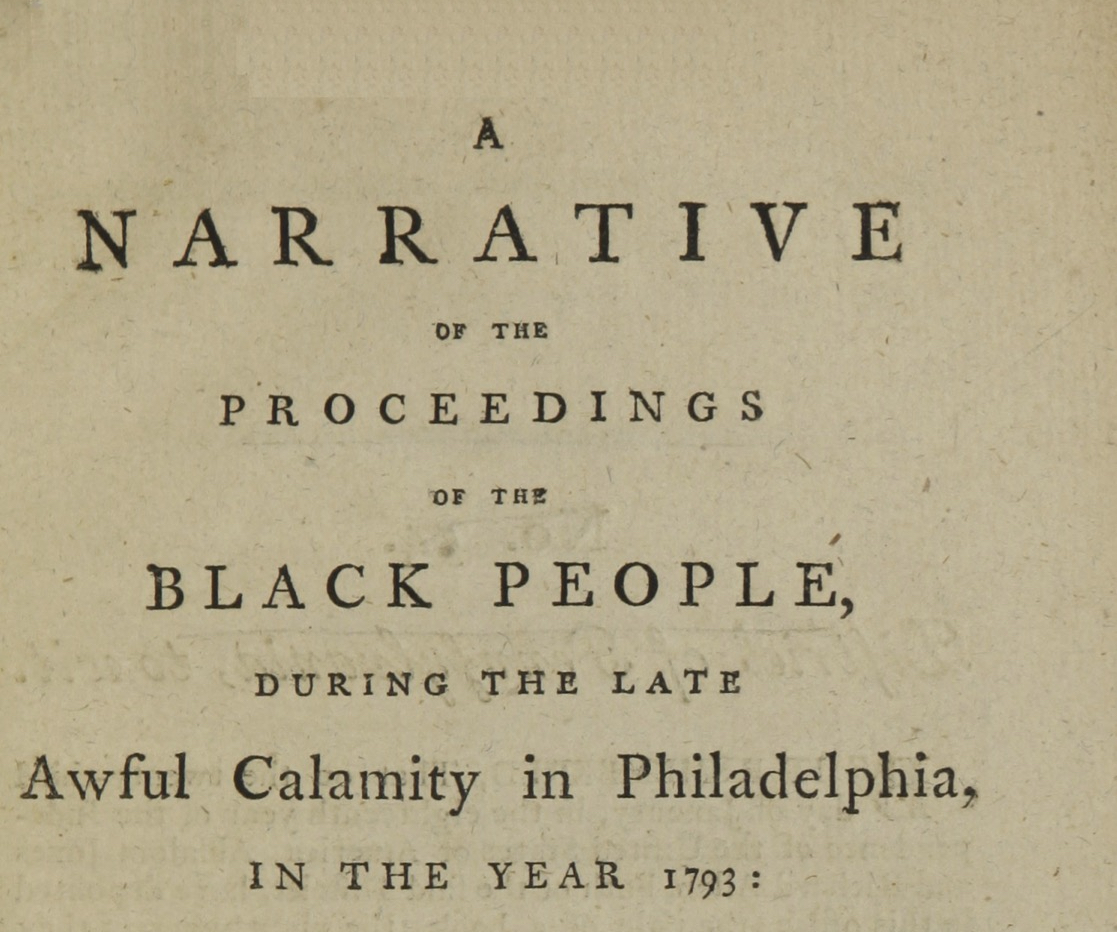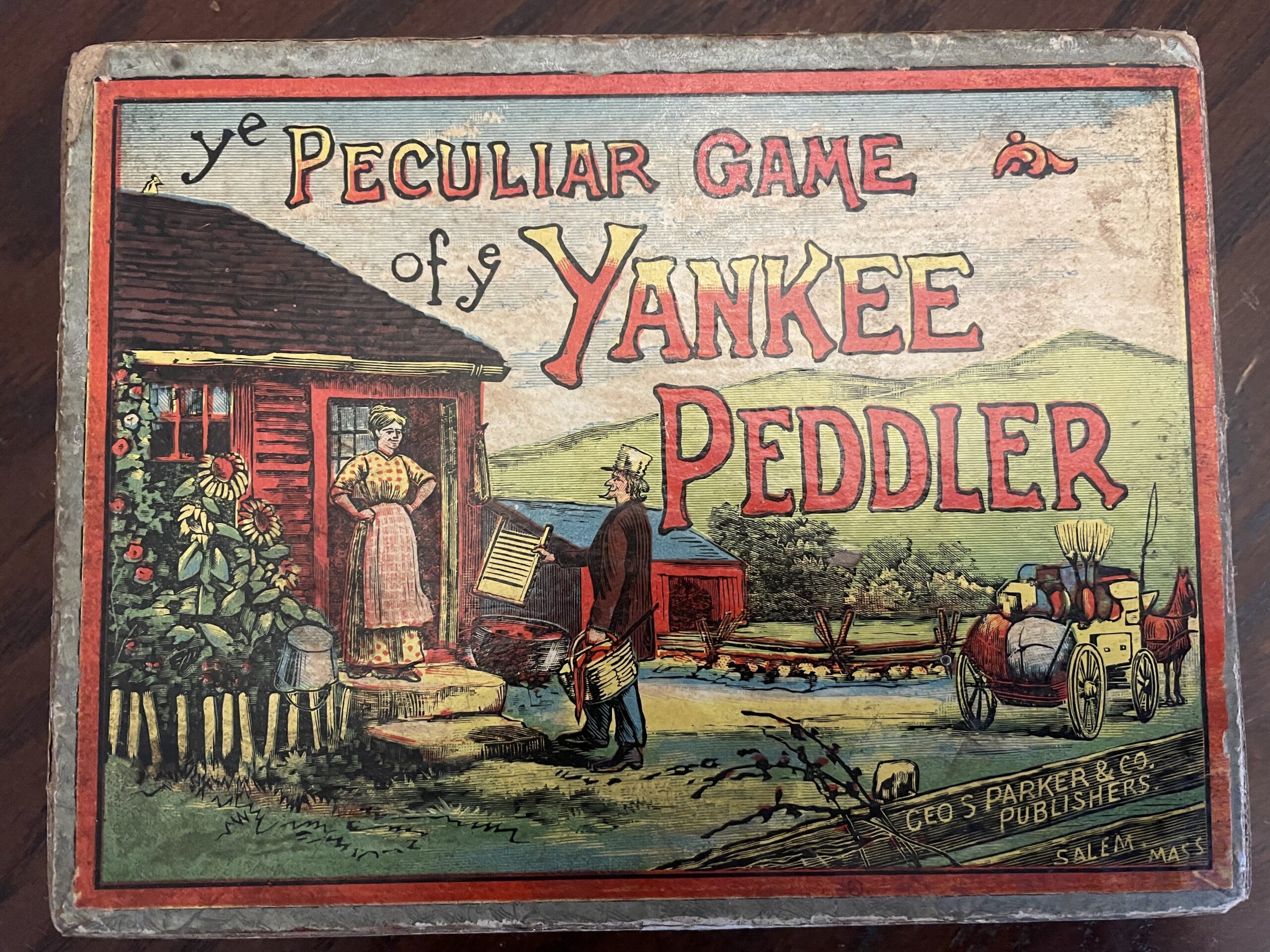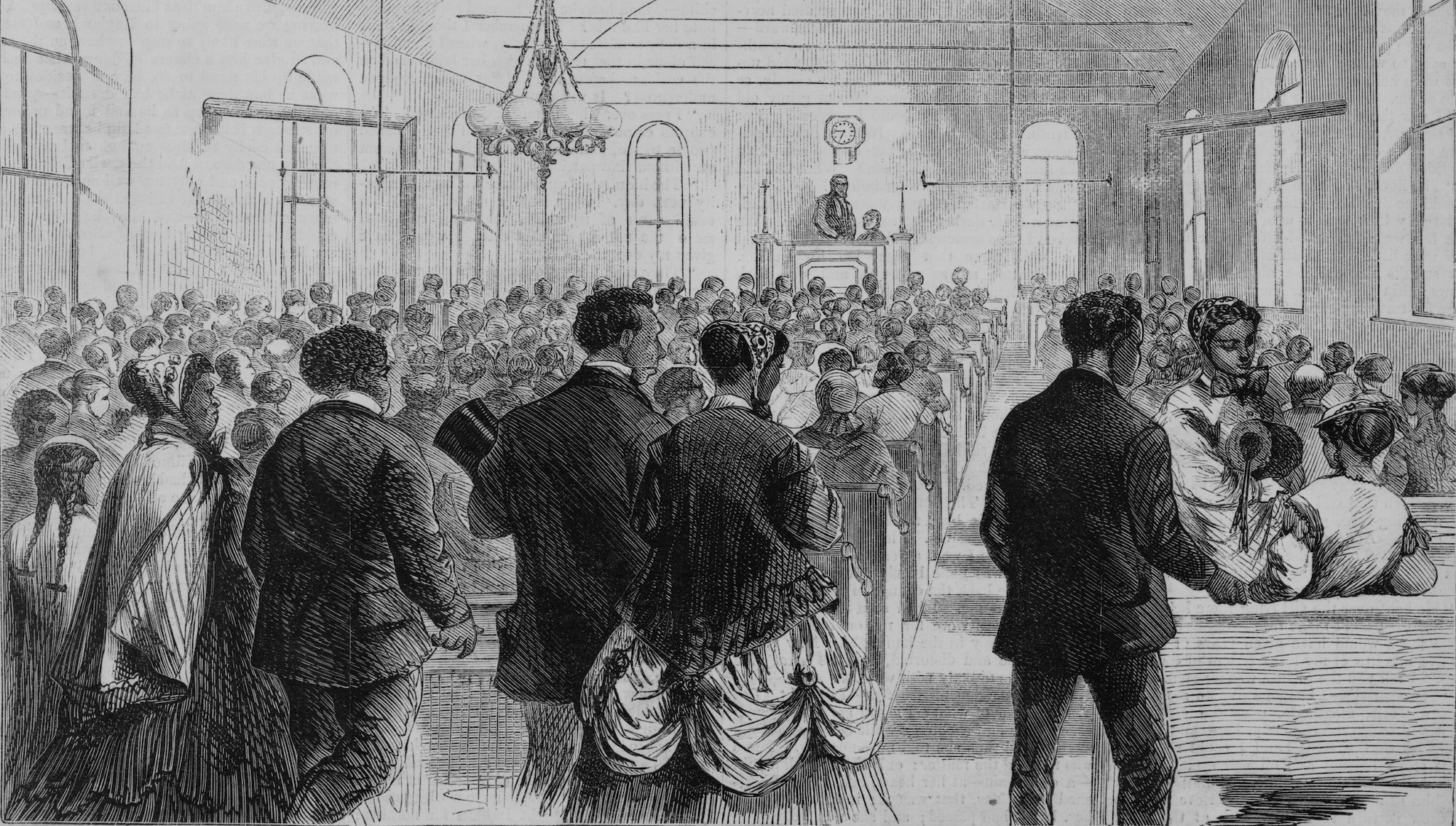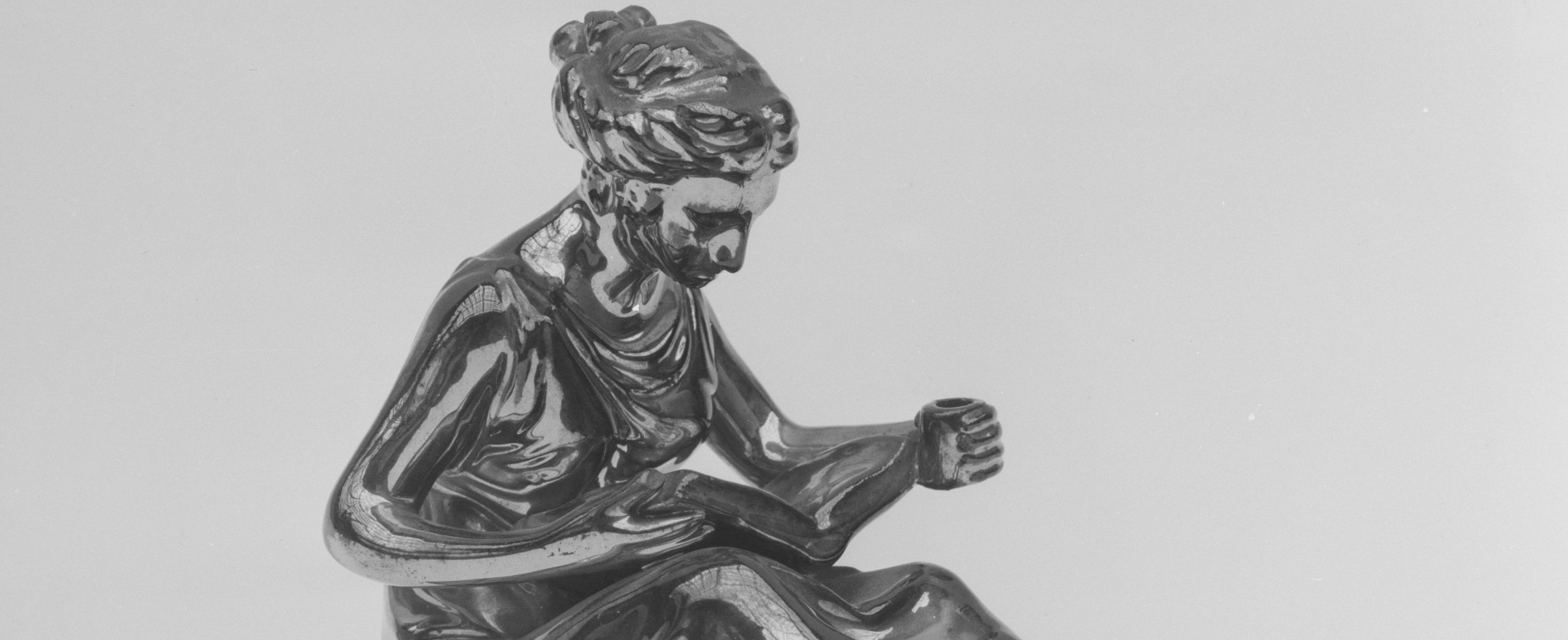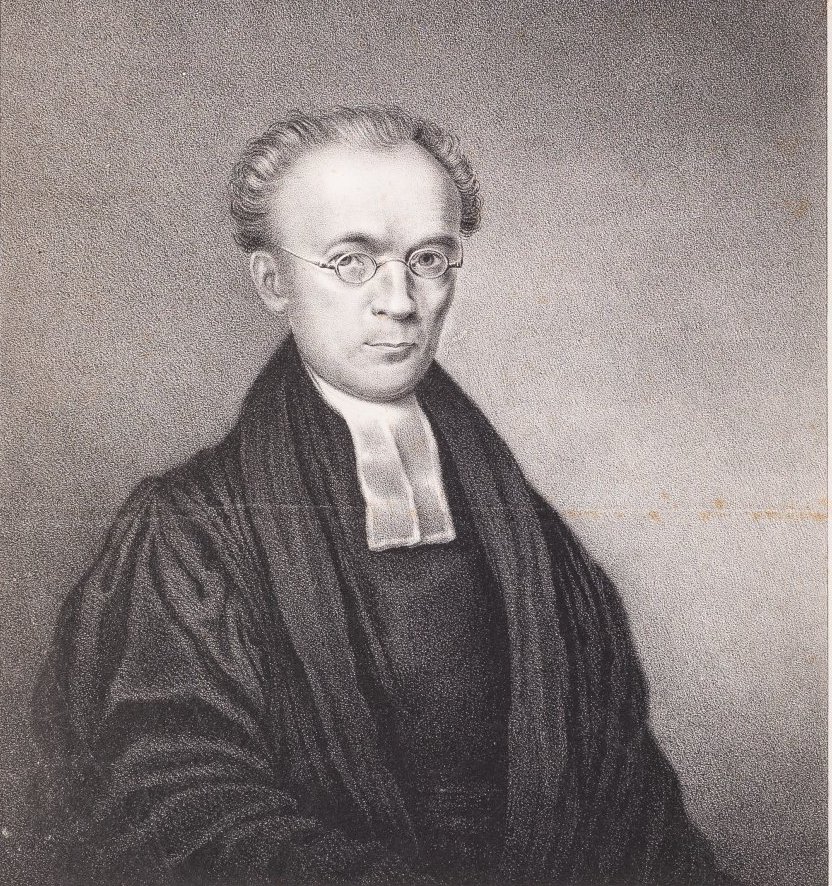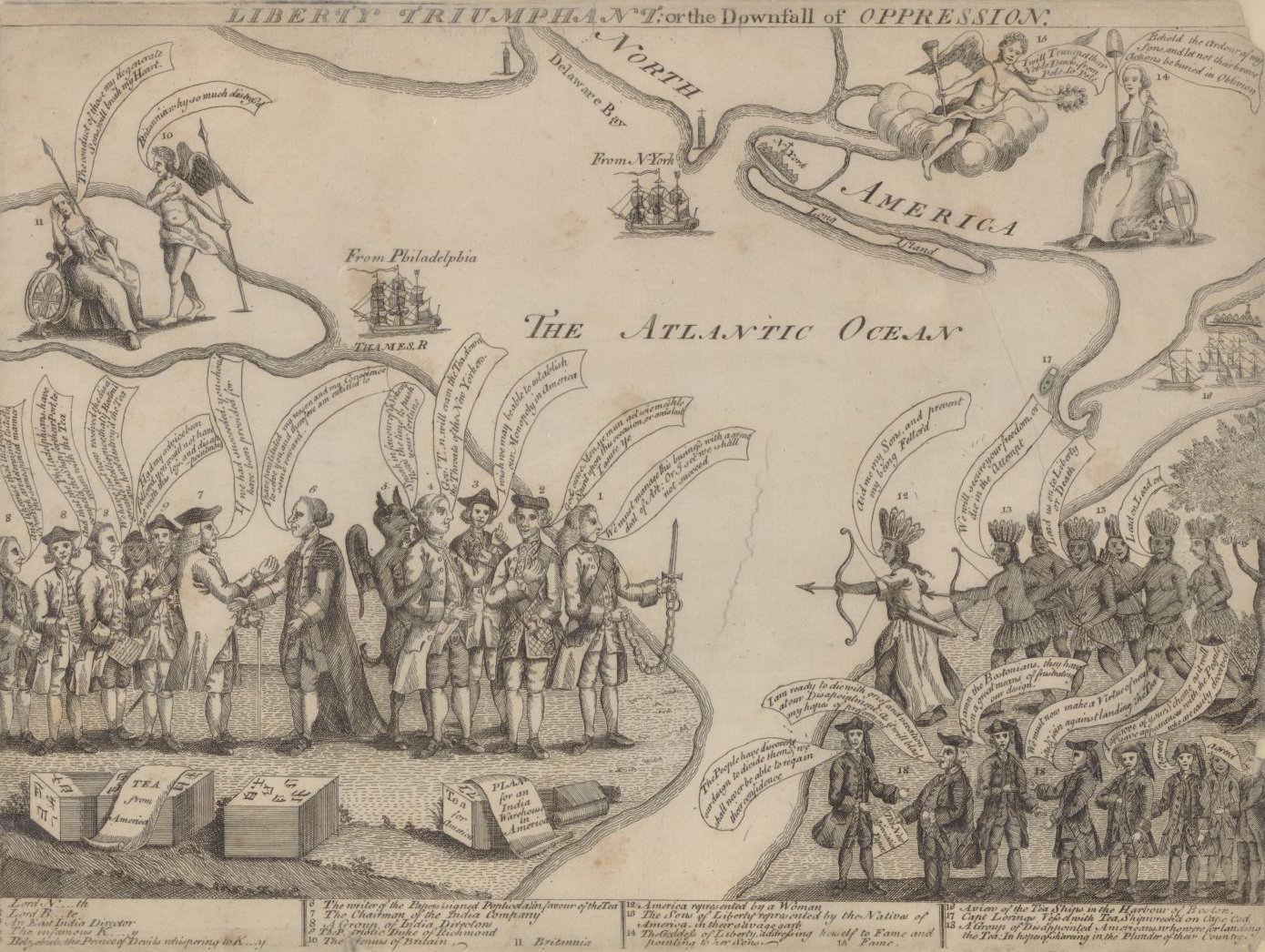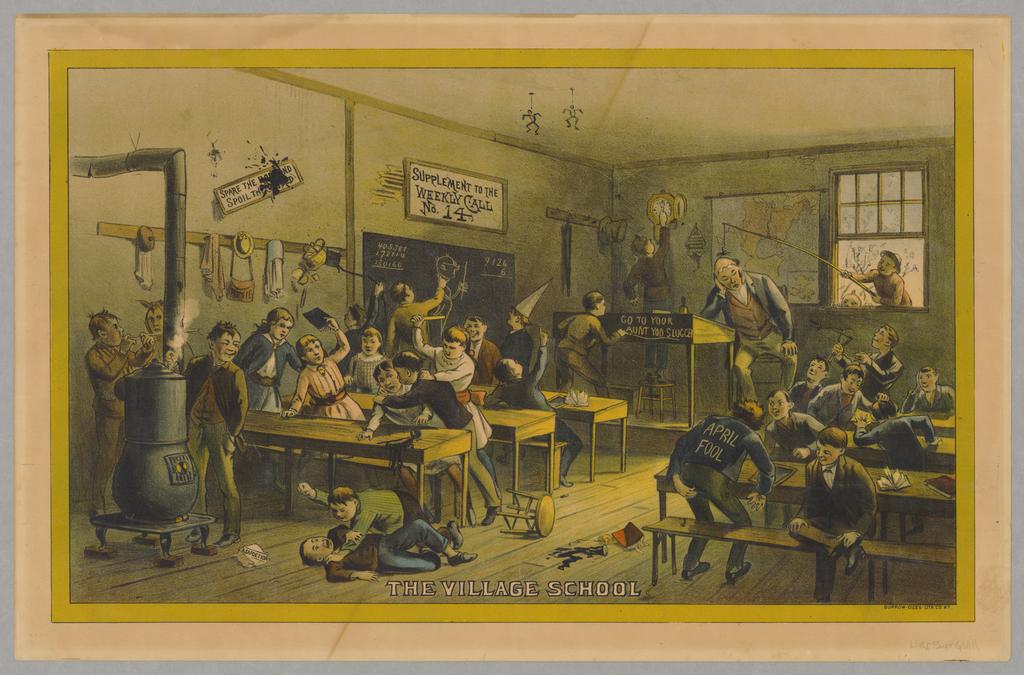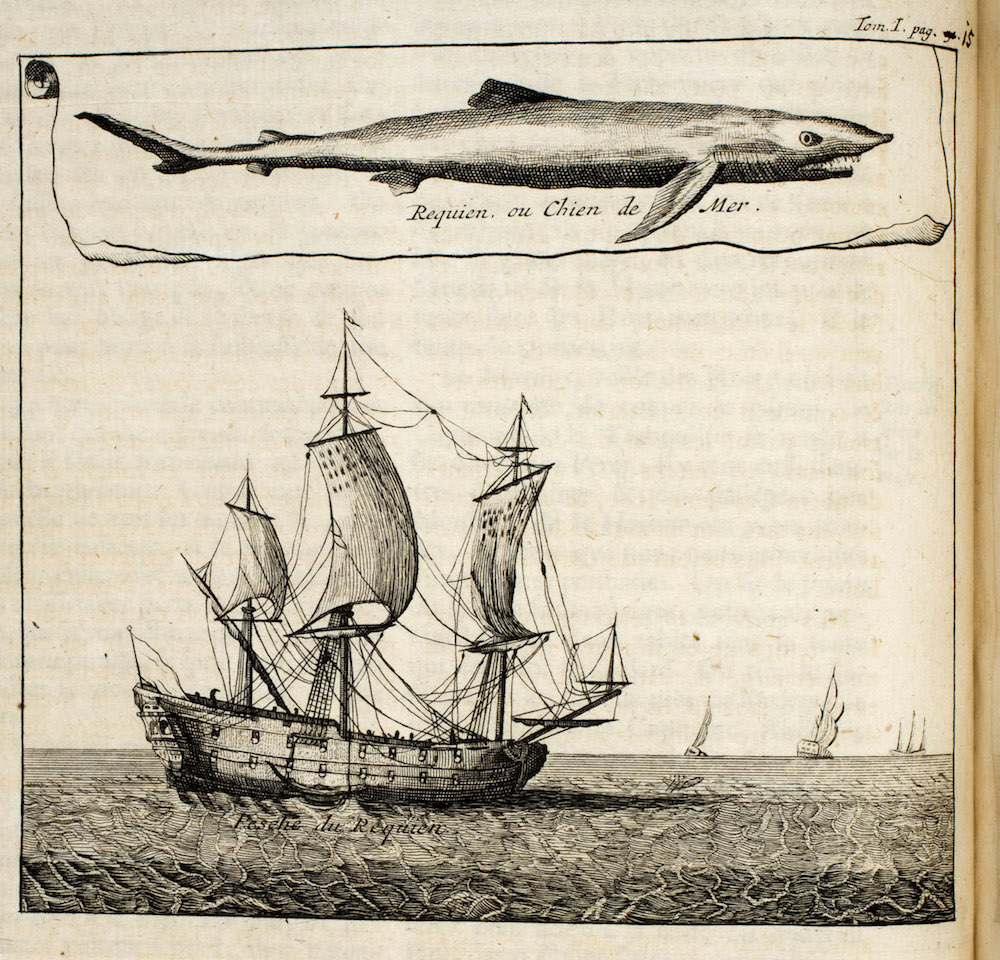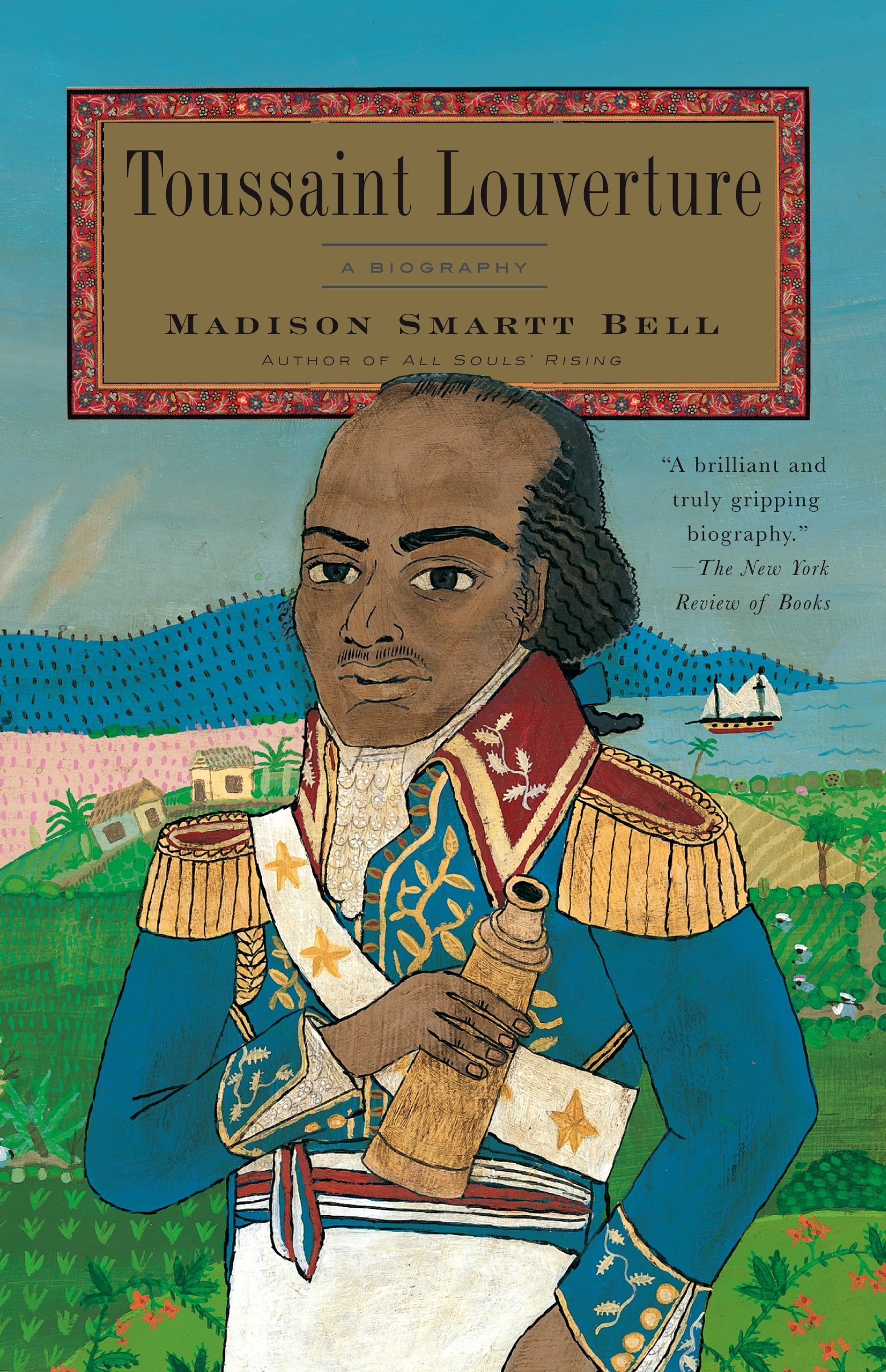Reading Suggestions for Teachers of Colonial North America
When the English, Dutch, French, and other Northern Europeans ventured to North America in the late sixteenth and early seventeenth centuries, they knew that Spanish colonization of the Americas was already well underway. What they understood about Spanish colonization, however, is less clear. Spain’s imperial example served northern Europeans as both inspiration and bogeyman, but often in relatively vague ways.
As a specialist in early American—that is, North American—history, I have sometimes felt myself to be in the same fix. I know that colonial Latin America is a booming field of historical inquiry, and I feel responsible for knowing at least a little about it, but where to begin? Several years ago, spurred by the need to develop the Latin American dimension of an Atlantic World course, I finally jumped in, following publishers’ catalogs and other people’s syllabi wherever they led that looked interesting. Here I offer a short, eclectic, English-language reading list for North Americanists who want an entrée into Spanish colonial America. The list does not offer a comprehensive overview of the field, but instead emphasizes themes and modes of inquiry that will resonate with those steeped in early (North) American history.
J.H. Elliott’s magnificent synthesis, Empires of the Atlantic World: Britain and Spain in America, 1492-1830 (2006), is a natural entry point to the subject. Elliott offers a sweeping comparison of the New World’s two largest and most enduringly influential empires, ranging from imaginative dimensions of colonization such as symbolic methods of claiming space to the long-term development of political institutions and economic and social life. Elliott takes note both of the ways in which these two empires differed from one another and of the ways in which they were similar. On balance—though perhaps this impression is shaped by past historians’ tendency to emphasize how different Spanish and British America were—Elliott’s work seems to emphasize the deep similarity of the Spanish and British colonial enterprises, especially when viewed from the imperial perspective.
Fans of the new social history should not miss James Lockhart’s two complementary classics, Spanish Peru, 1532-1560: A Social History (1968) and The Men of Cajamarca: A Social and Biographical Study of the First Conquerors of Peru (1972). Based on the same corpus of research, these books draw a detailed portrait of the social and economic lives of the first generation of Spanish settlers in Peru. Spanish Peru focuses on the development of Spanish colonial society in the generation after conquest, while The Men of Cajamarca focuses more narrowly on the 168 free Spaniards who participated in the capture of Atahualpa, the last Inca emperor, at Cajamarca in 1532, offering capsule biographies of every member of the expedition. In class, it might be fruitful to juxtapose the list of treasure awarded—lavishly but unequally—to the men of Cajamarca with, say, an early seventeenth-century New England town compact, and contrast these sharply different models for the beginning of a European settler society.
Camilla Townsend examines the process of conquest in a very different style, influenced by narrative history and growing interest in Native women as cultural go-betweens, in Malintzin’s Choices: An Indian Woman in the Conquest of Mexico (2006). Malintzin, also called La Malinche, was one of twenty young women whom the Maya gave to Cortes’s expedition to the Aztec capital of Tenochtitlan. Of Nahua ethnicity, apparently born into a subordinate status (possibly as a concubine’s child) in a nobleman’s household and later enslaved by the Maya, Malintzin was an accomplished linguist who became a translator, cultural guide, and power broker for Cortés. Her life story gives Townsend occasion to explore crucial dimensions of early sixteenth-century Mexico, such as the complex linguistic and political situation on the fringes of the Aztec Empire and indigenous artisans’ learning about Spanish materials and technology by, for example, repairing Spanish ships. While Malintzin’s life was in many respects exceptional, Townsend maintains that there were “many potential Malinches”—and her story may help us imagine the less amply documented experiences of a host of Native women who served as cultural guides and translators in colonial North America.
For a picture of mature Spanish colonial society, try Charles F. Walker’s Shaky Colonialism: The 1746 Earthquake-Tsunami in Lima, Peru, and Its Long Aftermath (2008). A strong earthquake struck the city of Lima—population about 50,000—on the night of October 28, 1746, followed by a tsunami that sank nineteen ships and drowned most of the population of Lima’s port, Callao. While survivors agreed that these disasters were a sign of God’s wrath, they did not all agree about why God was angry, and the project of rebuilding Peru’s capital sparked intense discussions of enlightened colonialism, the role of the Catholic Church in Peruvian society, and what constituted public order. It also spurred the creation of a cascade of documents, which Walker mined for this study. The timing of the crisis makes it convenient to compare the city of Lima, and the issues it was facing in the 1740s and 1750s, with colonial North American cities—all of which were smaller than Lima—just before the Seven Years’ War.
Another picture of mature Spanish colonial society can be gleaned from Ward Stavig’s The World of Tupac Amaru: Conflict, Community, and Identity in Colonial Peru (1999), a “‘ground up’ ethnohistory” that has proven very popular as a teaching text. Stavig examines the lives of Andean Indians, ranging from diet and marriage customs to labor classifications, taxation, and the administration of justice, in the eighteenth century. This was a world in which Spanish policy was delicately interwoven with preexisting Andean law and custom; Andean culture was strained but hardly vanquished under Spanish rule. Stavig depicts the Tupac Amaru Uprising of 1780 as emerging not from a reactionary community but from a vibrant one struggling to cope with a population resurgence that strained available farmland and an imperial reorganization that disrupted established trade networks. The creative reorganization of Andean society that Stavig depicts echoes—with some different nuances, and on a larger scale—the emergence of new ethnic identities and political strategies among North American Indians depicted by James Merrell and Daniel Richter, among others.
There is a rich corpus of scholarship on women—white, black, and Indian—in Spanish colonial America. A good starting point is Susan Migden Socolow’s brisk overview, The Women of Colonial Latin America (2000). What jumped out at me, the first time I read this book, was how varied the life trajectories of Latin American women were. This was due in part to the widespread presence of convents, which the Spanish began to establish within a generation of conquest. Convents provided not a single way of life, but several: a relatively leisured and studious retirement for elite creole women; respectable employment for poorer or mestiza “nuns of the white veil,” who performed much of the physical labor; schooling for well-to-do white and mestiza girls; refuge for illegitimate, often mixed-race, children whose parents shunted them into convents. For a fuller picture of the role that convents played in colonial Latin American society, see Kathryn Burns, Colonial Habits: Convents and the Spiritual Economy of Cuzco, Peru (1999). Burns emphasizes the crucial role that convents played in the Andean economy as lenders and landlords; collectively, nuns exercised economic as well as spiritual power. As there were no comparable female-run institutions in British or Dutch North America, it might be interesting for a class to consider what the absence of convents—and indeed, of any lifestyle not based on family life or servitude—implied for women’s social roles in the Protestant colonies.
It was not only by embracing the religious life, however, that Latin American women charted their own paths. Spanish colonial cities, in which women generally predominated among every non-white social group, were places where poor and middling women labored in diverse ways, as slaves, servants, street vendors, shopkeepers, and textile workers in the obrajes (factories) that were established from the late sixteenth century onward. Urban, mixed-race women, middling or poor, often eschewed legal marriage, perhaps in an effort to preserve their economic independence. Patricia Seed’s To Love, Honor, and Obey in Colonial Mexico: Conflicts over Marriage Choice, 1574-1821 (1988) burst my preconception that propertied Latin American women tended to have little say in whom they married. Seed argues that, on the contrary, the church emphasized the value of free will and individual consent, occasionally even compelling families to accept interracial marriages—although economic interest and parental preference gained ground in the eighteenth century. The panorama of women’s lives in colonial Spanish America makes an intriguing counterpoint to colonial North America, where women’s lives—especially those of free white women—seem to have been more emphatically constrained by household work, marriage, and motherhood.
Another book that challenged my preconceptions about Spanish America is Kathryn Burns’s Into the Archive: Writing and Power in Colonial Peru (2010), which highlights the central role of literacy and written texts in Spanish colonial society. Somehow, I had never envisioned Spanish colonial America as a highly literate society. But Lockhart notes in Men of Cajamarca that nearly 10 percent of Pizarro’s expedition members were notaries, and Burns examines at length the work of these officials, men who were not only literate but trained in formulating documents in legally binding language, and who gave “an official ‘voice'” to others’ instructions and testimony. Into the Archiveilluminates the formality and legalism of Spanish colonial society while also underlining the breadth of participation in that culture. Notaries helped Spanish colonists, even those of modest means or of Native American ancestry, to manipulate the presentation of information in the documentary record. Reading Into the Archive led me to wonder how studied or unstudied were the productions of the more widely literate population of British North America. Could a modestly literate New England farmer who drafted his own will dictate the disposition of his estate as effectively as an illiterate Peruvian colonist who hired a notary to draft his will for him?
An excellent introduction to economic and environmental issues is Shawn William Miller’s An Environmental History of Latin America (2007), which spans the colonial and modern periods. This is a useful book to read if one wants to get a bird’s-eye view of the ebb and flow of human society in Latin America over centuries in a couple hundred pages. Miller begins with pre-Columbian Native American civilizations and vividly depicts the expansion of “nature”—and the rise of what he calls the Pristine Myth—as Latin America’s population and agriculture collapsed in response to the incursion of Old World microbes. The story he tells is essentially similar to the story of North America’s population collapse, but it is even starker and easier to envision because Mesoamerica and South America had larger, denser pre-Columbian populations and more extensive agricultural societies.
As I started to read more colonial Latin American history, I was struck by how differently slavery fits into the historiography of colonial Spanish America as compared to colonial North America. Spanish colonizers used African slaves; in the late eighteenth century, there were more than 100,000 African and African-American slaves in Spanish America, diffused throughout the empire but concentrated in Venezuela and Peru. In most regions of Spanish America, however, African slavery existed as an adjunct to encomienda, mita, and other Native American labor systems, and historians of colonial Spanish America tend most often to discuss slavery within the broader context of regional economies or urban life. For an introduction to the topic, see Elliott’s Empires of the Atlantic World or one of the textbooks mentioned below. The point one might wish to make in teaching is that different New World empires, with equally ready access to African slaves, used them to different degrees and in different ways. Spain’s extensive legal tradition regarding slavery seems to have offered some degree of protection to slaves in the Spanish Empire, but the different social and economic context in which slavery existed in the Spanish Empire probably also led Spanish colonists to perceive slavery differently from British colonists—and this difference in outlook has carried over into modern historical writing about slavery in Spanish America.
Casta paintings are an invaluable visual source to use in teaching about racial attitudes in the Spanish Empire. Produced mainly though not exclusively in eighteenth-century Mexico, and marketed to affluent Spaniards to display in their homes or take back to Spain as souvenirs of their colonial service, casta paintings are formulaic depictions of the racial taxonomy of the mature Spanish Empire. What would a person who was one quarter Spanish, one quarter African, and one half Native American look like? Casta paintings depicted such mixed-race persons, often in plausibly American landscapes with culturally appropriate clothing and occupations, and spark lively class discussions of contrasting attitudes toward racial mixing in Spanish and British America.
Readers may notice the distinct regional tilt of this list: the books that focus on specific places all focus on Mexico or Peru, the Native American population centers and the initial centers of Spanish settlement. Rio de La Plata, New Granada, the southern half of Central America, and the Spanish Caribbean do not appear. There is a wider literature on these regions in Spanish, but book-length works in English are few; if you are exploring the history of colonial Latin America in English, you will encounter the peripheries of Spanish settlement mainly in survey works and national histories. The textbooks cited below model some helpful ways of integrating the Caribbean and the later-settled mainland regions into the story. The point one might wish to make in teaching is that two core settlements—the seats of the two sixteenth-century viceroyalties—dominated the development of Spanish colonial America, not only politically and economically but also imaginatively, much more fully than any one or two settlements dominated the development of colonial North America. The centralization of Spain’s colonial empire highlights the decentralization of Britain’s.
Two short trips to Latin America taught me two lessons about the region that I had not fully gleaned from textbooks: one about the formality of Spain’s carefully planned cities, with their geometric layout, public gathering places, and visual evocation of clerical and secular authority; the other about the agricultural orientation of Latin America—which survives to this day, even though South America is the world’s second most highly urbanized continent—and the intense connection of the people to the land. The former of these, at least, may be conveyed to students by showing them a selection of city maps and plans as well as photographs of some of the splendid colonial plazas that still dominate Latin American cities.
This is an eclectic list—a collation of personal favorites—and another teacher of history might come up with a list quite different and equally rich. Whether you follow these paths or other ones into the subject, though, I urge you to try teaching early American history in a manner that does not only look backward, to the heritage of medieval and Tudor England, nor forward, to the independent United States, but also sideways, to the huge colonial enterprise that was unfolding to the south as the European colonies in North America took shape.
Further reading:
While the monographs mentioned above are some of the most engaging entry points into the subject of colonial Latin America, it can be handy to have a comprehensive textbook on the bookshelf, too. The most widely assigned textbook is Mark A. Burkholder and Lyman L. Johnson’s Colonial Latin America, 8th ed. (Oxford, 2012). Alternately, Jonathan C. Brown’s Latin America: A Social History of the Colonial Period (Belmont, Calif., 2005) is strong on social conflicts and the background to independence movements. An older textbook, James Lockhart and Stuart Schwartz’s Early Latin America: A History of Colonial Spanish America and Brazil (Cambridge, 1983), offers an integrated treatment of Spanish and Portuguese regions, with helpful diagrams of the economic, social, and spatial dynamics of encomiendas, towns, and mining regions.
A classic document reader, containing hundreds of very short selections, is Robert Buffington and Lila Caimari, eds., Keen’s Latin American Civilization: History and Society, 1492 to the Present, 9th ed. (Boulder, Colo., 2009). Duke University Press has an excellent series of readers, including both primary sources and selections from scholarly works, on several Latin American nations—for example, Gilbert M. Joseph and Timothy J. Henderson, eds., The Mexico Reader: History, Culture, Politics (Durham, 2002) and Gabriela Nouzeilles and Graciela Montaldo, eds., The Argentina Reader: History, Culture, Politics (Durham, 2002). These readers emphasize the post-independence era, but they contain some excellent resources on the colonial period as well.
There is a rich body of scholarship on colonial Brazil, quite distinct from the literature on colonial Spanish America. While that is beyond the purview of this essay, a good starting point would be any of the textbooks mentioned above plus Herbert S. Klein and Francisco Vidal Luna’s Slavery in Brazil (Cambridge, 2009).
For casta paintings, see Susan Deans-Smith’s article “Casta Paintings.” Good images for use in class discussion can be found on Peter Bakewell’s “Colonial Latin America” page. The Center for Latin American and Caribbean Studies at New York University has a wealth of curricular materials on “Settlements and Colonial Cities in the Andean Region,” assembled by M. Karen Jogan.
This article originally appeared in issue 15.2 (Winter, 2015).
Darcy R. Fryer, the editor of the Common School column, teaches history at the Brearley School in New York.




